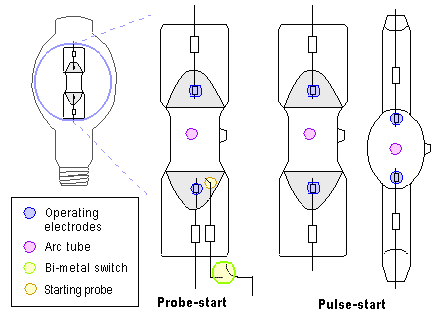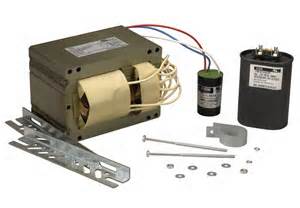triad ballast ballast light advantages:
Pulse Start triad ballast technology also provides many lamp benefits over traditional Probe Start
technology. Some of these benefits include:
Longer lamp life
More lumens
Higher efficacy (lumens per watt)
Increased lumen maintenance
Better cold starting capabilities (as low as -40° C)
Faster warm-up times
Faster starting
Shorter restrike times
Better lamp-to-lamp color variation.
the lamp Pulse Start triad ballast Economic Advantages
Pulse Start lamp systems can yield fewer fixtures for a given system because of the
increased lumen output and that means a lower capital cost for the system. Also, because
the lamp life is longer then traditional Probe Start lamps and the lumen maintenance can
extend the re-lamp interval, fewer lamps will be required over the life of the system.
Fewer lamps also have the potential additional side benefit of reduced disposal or
re-cycle cost, which is better for our environment and may have some economic benefit
as well.

The following Lumen Maintenance chart is a good example of how various types of
Metal Halide lamps compare. From this chart, it is clear that not only do Pulse Start
lamps provide more lumens but also the choice of electronic vs. magnetic ballast makes a
significant difference as well.
Linear reactor pulse start triad ballast : This single-coil reactor ballast, ignitor, and capacitor are used to operate a pulse-start MH lamp. It is available only in 277 volts, and it is a very efficient system because the single-coil design reduces both input lamp W by 8 percent and power loss by up to 50 percent when compared to the SCWA ballast.
Regulated lag (magnetically regulated): This ballast design is the most sophisticated and provides the highest power regulation to the lamp. It provides a voltage regulation and circuit wave shape that is the most beneficial for lamp life and lumen maintenance. These ballasts are larger and less efficient than other types, but they should be used when large input voltage variation is expected.
A typical CCF range for magnetically regulated ballasts is 1.4 to 1.6. They are rated to handle supply voltage variations of 10 percent or higher, which results in approximately 5 percent lamp power variation. In regions where line voltage variations greater than 10 percent are expected, however, they will not operate efficiently.

